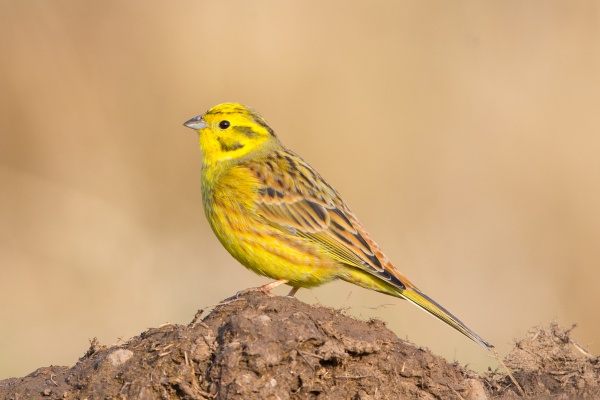Facts About Yellowhammer
The yellowhammer is a small bird native to Eurasia, which has also been introduced to New Zealand and Australia. These birds are commonly found in open areas rich with shrubs and trees. The male yellowhammer is easily identifiable by its bright yellow head, and it sings a distinctive tune that resembles the phrase "a little bit of bread and no cheese."
Yellowhammers typically breed in April and May. Females construct cup-shaped nests close to the ground, where they usually lay between three to five eggs. Both parents are involved in caring for the chicks, feeding them a mixture of seeds and small invertebrates.
As members of the bunting family Emberizidae, yellowhammers are closely related to the pine bunting. There are three subspecies of yellowhammers, each exhibiting minor differences in appearance. These birds are widespread across the Palearctic region, with breeding grounds in Europe and parts of Asia. While many European yellowhammers are sedentary, some Asian populations migrate south for the winter.
Their diet mainly comprises seeds, but they also consume invertebrates, particularly during the breeding season. Yellowhammers face predation from birds of prey and terrestrial animals. They are also vulnerable to parasites, such as fleas and internal parasites, which can affect their health and reproductive success.
Although yellowhammer populations have declined in western Europe due to changes in agricultural practices, the International Union for Conservation of Nature (IUCN) still lists them as a species of least concern. Throughout the years, these birds have inspired poets and musicians alike. With their striking appearance, unique behaviors, and memorable songs, yellowhammers play a significant role in our ecosystems.

 Ireland
Ireland